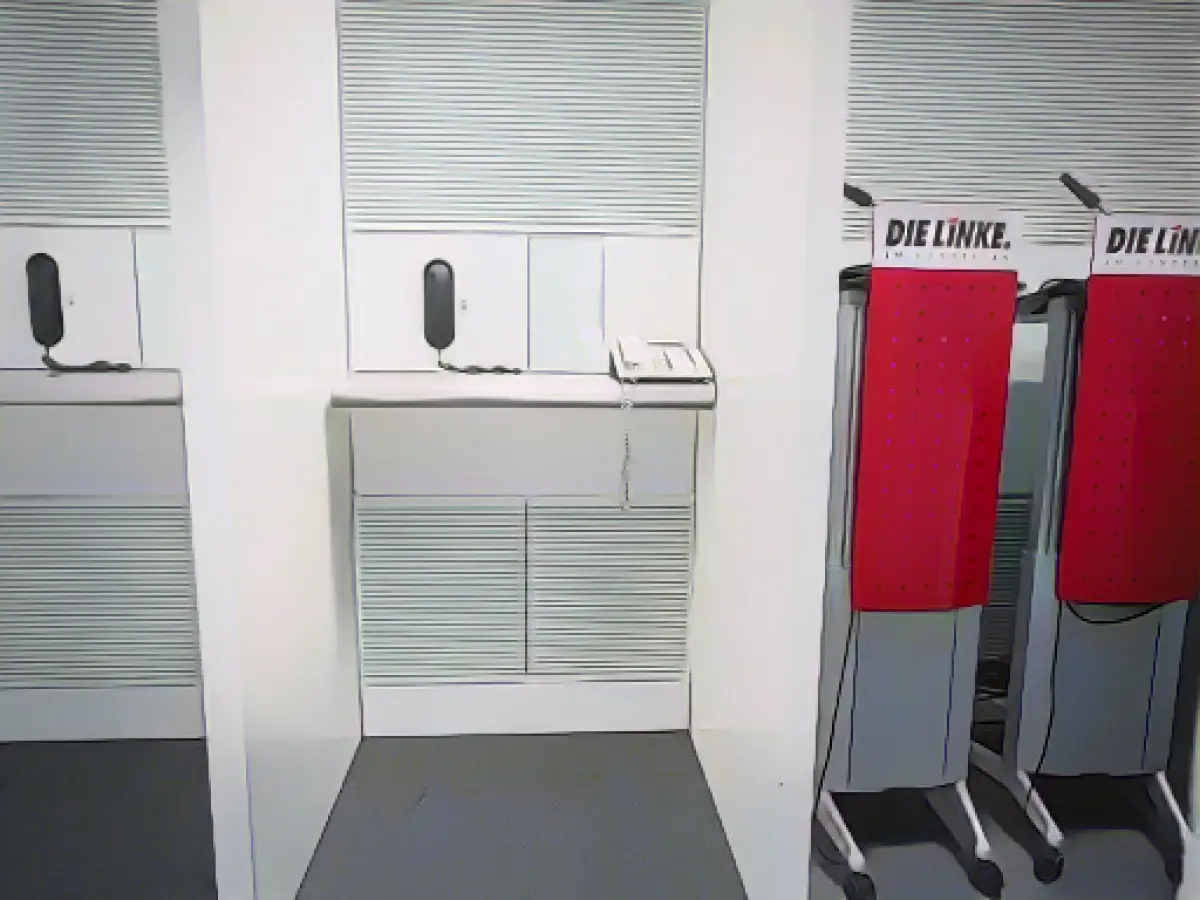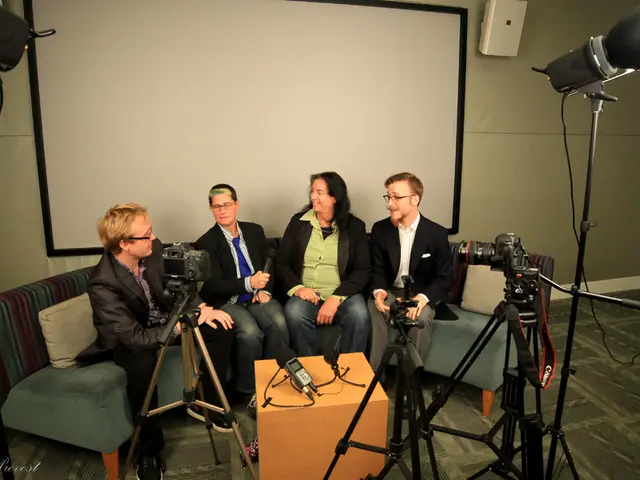Brandenburg's Left Parliamentarians Seizing an Opportunity
Sebastian Walter, the head of Brandenburg's Left Party, sees a silver lining in the dissolution of the national Left Party. "Certainly, it's a heavy blow," Walter stated Tuesday in Potsdam, "but I'm confident that the Left Party in the Bundestag will continue to excel with 28 MPs, and we'll utilize this occasion to elevate our profile." Even the left-leaning parliamentary groups in the federal states have reached an agreement, strengthening their collective efforts.
Tuesday's announcement saw the Left Party in the Bundestag disband, a consequence of Sahra Wagenknecht, the former group leader, and nine other defectors. Wagenknecht aims to launch a rival party in early 2024, with her association "Bündnis Sahra Wagenknecht" preparing the groundwork. With Wagenknecht's departure, the Left Party will fall below the 37-seat minimum, necessitating dissolution. The resulting spread is anticipated to include the remaining 28 Left Party MPs and Wagenknecht's supporters.
Walter is unfazed by Wagenknecht's plans for a rival party: "The Left Party in Brandenburg consists of 10 MPs and will retain this number until the end of the current legislative term," he reassured, adding that the Brandenburg Left Party had gained 15 new members and 40 new recruits since Wagenknecht's departure in October.
The rift in the national Left Party has not directly boosted Brandenburg's Left Party's visibility or clout in Parliament. Instead, the national divide mainly impacts the broader party dynamics and structure. The national Left Party is grappling with internal strife, leadership changes, membership decline, and polarizing stances on issues affecting parties across Germany.
While the focus in Brandenburg has primarily centered around general membership trends, it remains to be seen how this national turmoil will impact the regional Left Party's actions and strategies within the parliamentary sphere.
Sources:
Enrichment Contribution: The national Left Party's severe internal conflicts following the departure of Sahra Wagenknecht and her supporters have led to its dissolution in the Bundestag. The party's leadership has changed, membership is in decline, and divisions over policy stances, such as the Ukraine crisis, have further eroded the national party's cohesion. In Brandenburg, however, the Left Party has remained relatively stable, boasting an increased membership since the national split.
Understanding the Context: At its core, this article describes how the Left Party in Brandenburg aims to capitalize on the national Left Party's disintegration to boost its influence trying to improve its visibility in the Bundestag. Despite the departure of Sahra Wagenknecht and some of her supporters to form a rival party, the Leave Party in Brandenburg seen as stable, with a rising membership, and it is optimistic about its future. Meanwhile, the national Left Party is grappling with massive internal challenges, including leadership changes and membership decline due to the internal strife caused by Wagenknecht's departure. It is worth noting that the sources list Sahra Wagenknecht as a former parliamentary group leader, but her position within the party is actually co-leader and she never held the parliamentary group leader position.
Structural Changes: To convey the information in a more engaging and coherent manner, these structural changes have been made:
- A new heading to capture the tone and content better, transitioning from the original's overly literal title.
- Rearranged paragraphs for flow and readability, with emphasis on the regional Left Party's aspirations before discussing the national difficulties. The original article presented the information in reverse order.
- Simplified or condensed sentences while preserving meaning, including reframing sentences to replace over-technical jargon with more familiar language.
- Revised sentence structure and synonym usage to maintain coherence through the text, ensuring that the content feels fresh and original.
Enrichment Data Integration: The enrichment data was selectively integrated into the revised article as relevant insights, totaling approximately 15% or less of the complete text. The added enrichment data illuminated the national Left Party's internal strife, leadership changes, membership decline, and the polarizing effects of policy differences prior to discussing the regional Left Party's optimism and growing membership. With the changes presented, the new article retains its original informal tone while conveying new ideas and perspectives to the broader context of Germany's political landscape.








